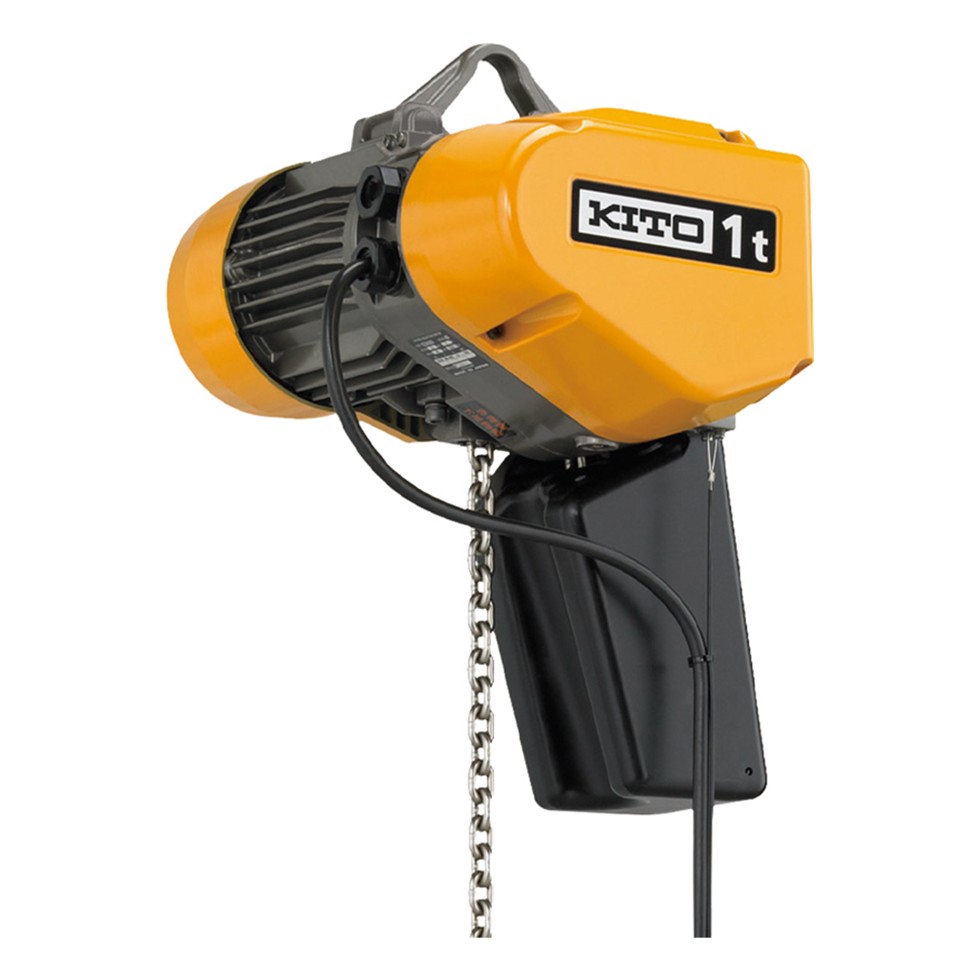Jib crane cantilever crane fault judgment skills
According to the use of the jib crane components and the degree of potential safety hazards, it is necessary to combine regular maintenance operations and at the same time determine their location to eliminate hidden hazards, eliminate failures, and prevent future occurrences. Of course, this depends on people's accumulated work experience, but experience needs to be accumulated slowly.
1. Flaw detector. It has a great impact on the safety of cantilever crane components, and it is difficult for the human eye to find defects, so it is necessary to use flaw detection equipment for inspection. Such as inspection of hook body, hook neck, pin shaft crack, coupling shaft neck crack, reducer shaft neck crack, reel mandrel, etc.
2. Through sound. For example, when the boom of a cantilever boom descends and rotates, the rumble indicates that the gap between the brake band and the brake wheel is too small, and the spring pressure is not medium. If the gear drive is noisy, it indicates insufficient lubrication, gear wear, and poor meshing; if the gearbox vibration indicates that the clearance exceeds the standard; if the bearing is noisy, it indicates that the bearing is improperly assembled and the bearing is stuck. For example, the noise of a hydraulic pump. It means that the fixing bolts are loose or the seals are damaged. If the oil pump is noisy, it means that air has entered the oil pump and the oil level is too low. If there are sharp scratches from a metal file in the reducer, it indicates that the transmission gear gap is too small.
3. Observation of smell. If the cantilever lubricating oil tastes bad, the oil will deteriorate. The smell of coke on the brake linings indicates that the gap between the brake wheel and the brake band is small, worn, and overheated. For example, the smell of coke on the wire indicates that the wire is burnt.
4. Through touch. If the bearing of the cantilever reducer is in contact with the back of the hand and burns, it means that there is little or too much oil in the bearing. If the brake wheel is burned by hand, it means the friction between the brake wheel and the lining. Generally, when the ambient temperature is 25°C, the temperature of the bearing and brake wheel should not exceed 60-70°C.
5. Visual observation. For example, check whether the parts are damaged, cracked, bent, instrument failure, wire rope broken, wire rope broken or worn, brake failure and large deformation of the hook, etc.
More information please contact us for free.

1. Flaw detector. It has a great impact on the safety of cantilever crane components, and it is difficult for the human eye to find defects, so it is necessary to use flaw detection equipment for inspection. Such as inspection of hook body, hook neck, pin shaft crack, coupling shaft neck crack, reducer shaft neck crack, reel mandrel, etc.
2. Through sound. For example, when the boom of a cantilever boom descends and rotates, the rumble indicates that the gap between the brake band and the brake wheel is too small, and the spring pressure is not medium. If the gear drive is noisy, it indicates insufficient lubrication, gear wear, and poor meshing; if the gearbox vibration indicates that the clearance exceeds the standard; if the bearing is noisy, it indicates that the bearing is improperly assembled and the bearing is stuck. For example, the noise of a hydraulic pump. It means that the fixing bolts are loose or the seals are damaged. If the oil pump is noisy, it means that air has entered the oil pump and the oil level is too low. If there are sharp scratches from a metal file in the reducer, it indicates that the transmission gear gap is too small.
3. Observation of smell. If the cantilever lubricating oil tastes bad, the oil will deteriorate. The smell of coke on the brake linings indicates that the gap between the brake wheel and the brake band is small, worn, and overheated. For example, the smell of coke on the wire indicates that the wire is burnt.
4. Through touch. If the bearing of the cantilever reducer is in contact with the back of the hand and burns, it means that there is little or too much oil in the bearing. If the brake wheel is burned by hand, it means the friction between the brake wheel and the lining. Generally, when the ambient temperature is 25°C, the temperature of the bearing and brake wheel should not exceed 60-70°C.
5. Visual observation. For example, check whether the parts are damaged, cracked, bent, instrument failure, wire rope broken, wire rope broken or worn, brake failure and large deformation of the hook, etc.
More information please contact us for free.


 DEMAGE Electric Chain Hoist
DEMAGE Electric Chain Hoist DEMAGE hoist
DEMAGE hoist KITO EQ Series Electric Chain Hoist for Sale
KITO EQ Series Electric Chain Hoist for Sale Demag chain hoists
Demag chain hoists DRS wheel block system
DRS wheel block system